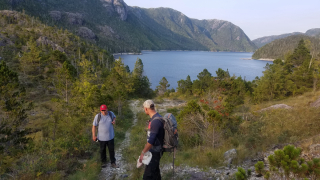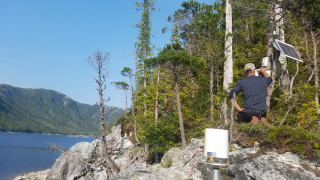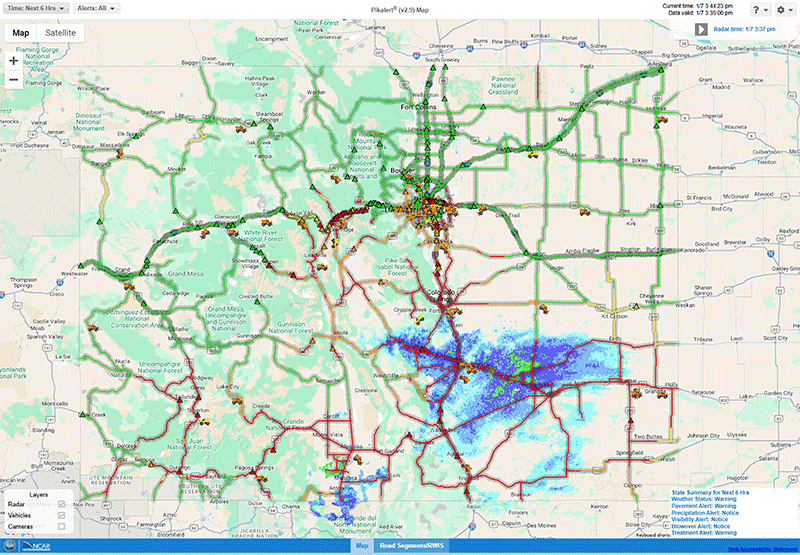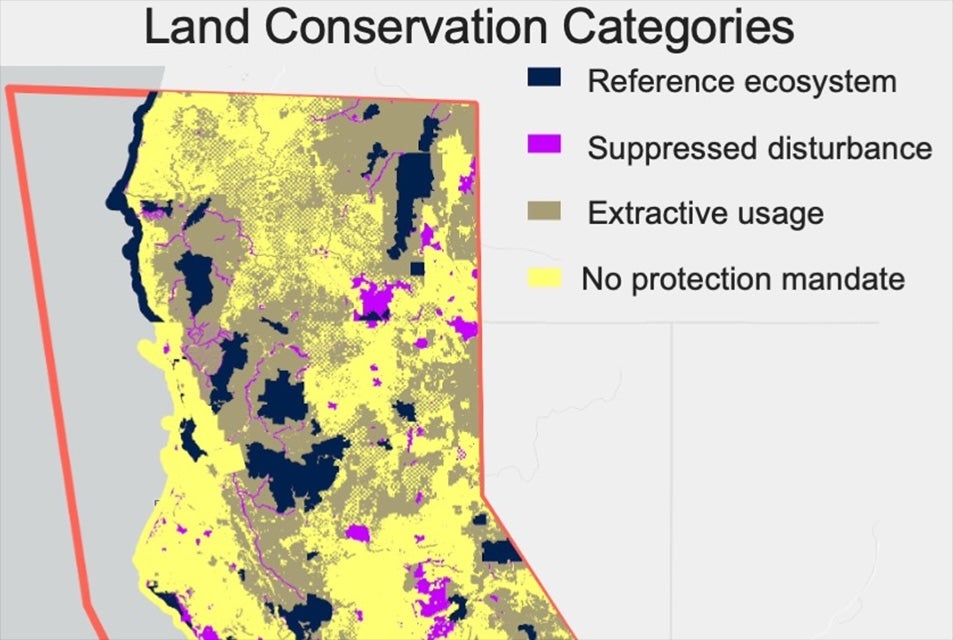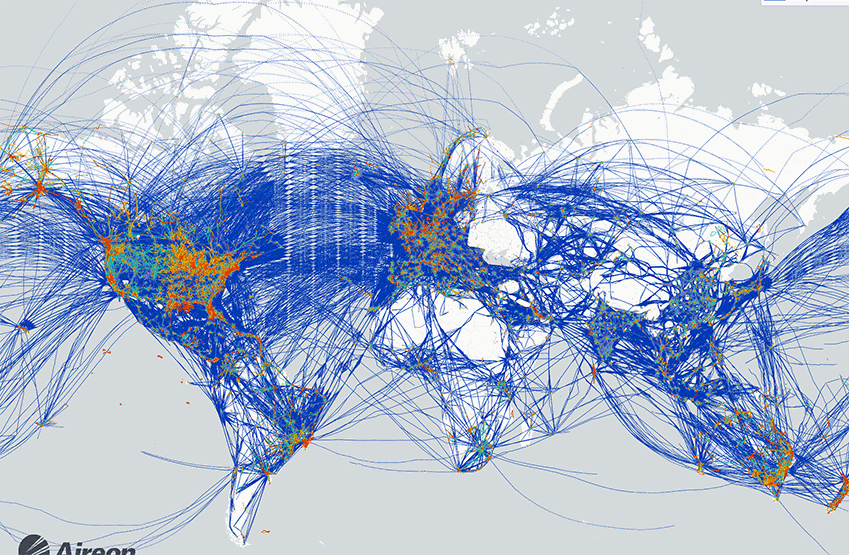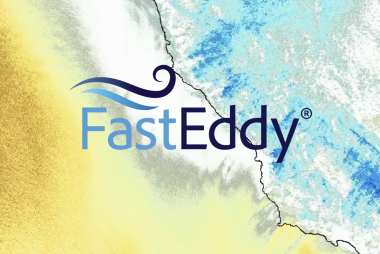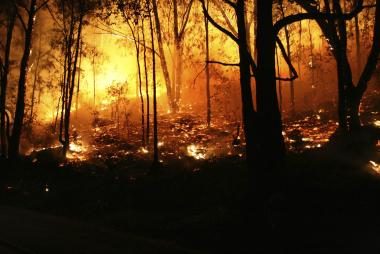NCAR Project Supports Native Alaskan Community
Trains Local Students
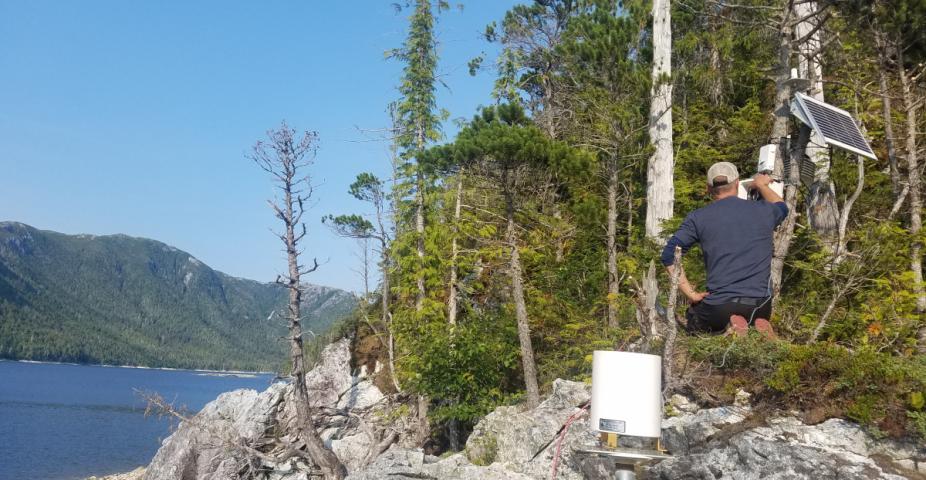
The Annette Island Reserve is an island in Southeast Alaska and is home to the Metlakatla Indian Community (MIC), the only Indian reserve in Alaska. It comprises 87,000 acres which are critical fish and forestry resources to the community. The island locals rely on two primary lakes for drinking water and hydropower, Chester and Purple Lakes.
The U.S. Department of Interior’s Division of Energy and Mineral Development (DEMD) has been working with the community since 2015, to help prevent an emergency drinking water shortage. NCAR’s Research Applications Laboratory began collaborating with DEMD and the MIC in 2018 to install and monitor levels at Purple Lake, in an effort to reduce supplemental diesel power use during periods of low lake levels. Since then NCAR has offered its expertise to help the community improve its monitoring and management strategies for Purple Lake.

The NCAR engineers have also spent time with local MIC students in the collection and analysis of the data and the impact that the lake level has on energy supply, with the hope that some will be the next generation of experts in the physical sciences. While it’s a small step in recruiting minorities into the science and engineering fields, the goal is to have an impact.
According to the National Science Foundation only 0.5% of bachelor’s degrees in science and engineering fields were awarded to American Indian or Alaskan Native, compared to 56% whites, 13.5 % to Latinos, 9% to Asians, and 9% to African Americans, but only 0.5% American Indian or Alaskan Native. By enlisting MIC students in participating in this project, the hope is to draw them into science and engineering degrees, and ultimately employment.
